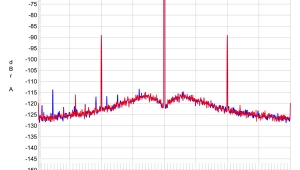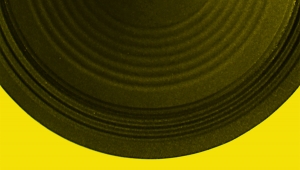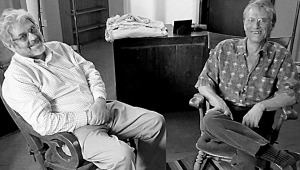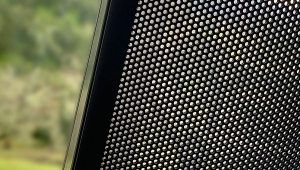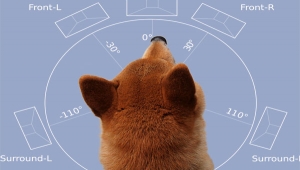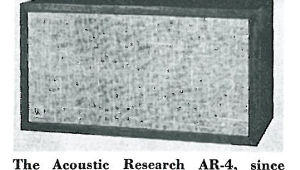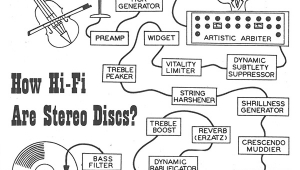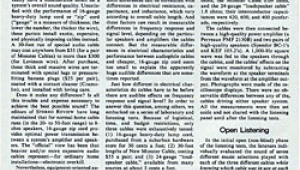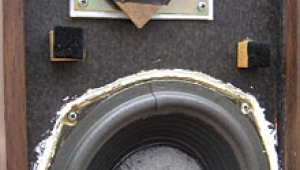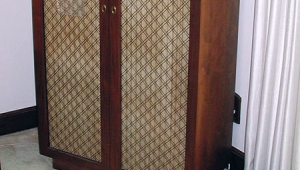| Columns Retired Columns & Blogs |
Readers Review Stereophile's Poem LP First Runner-Up
First Runner-Up
As loyal readers know, the selections on the first LP produced by Stereophile magazine consist of works for flute and piano by Griffes, Reinecke, and Prokofiev, as played by Gary Woodward and Brooks Smith. This album is a quite pleasant listening experience, though I personally find the compositions to be somewhat dull fare. The performance seems to be well-executed, however, and lovers of this musical idiom will most likely find much to enjoy within these grooves.
In terms of reproduced sound, the soundstage is true to the photographs in the Stereophile article, with the musicians clearly located behind the speakers, and the piano distinctly behind the flute. The hall ambience and sense of space around the instruments are distinctly reproduced, and there is no reason to believe that these aspects of the reproduction are anything less than faithful to the original.
My main criticism of the sound quality lies in the sounds of the instruments themselves. Having done two years of strictly amateur but purist (ORTF and Blumlein) choral recording, I have some appreciation for the difficulty of achieving a balance between players who are different distances from the microphone. Admittedly, the problem of balancing flute and piano to achieve a satisfyingly musical result is great. Nevertheless, I feel that producers of this LP should have spent the extra time necessary to achieve a better balance. The piano lid was nearly closed, and the photographs in Stereophile show it placed close to the rear wall. As a result, the piano sounds overly muted, and the bass notes sound particularly affected by the piano's close proximity to the rear wall. The inner detail of the attack and decay of the piano notes is missing. (The most fascinating part, to me, of piano sound is the amazing complexity of the notes' decay, as demonstrated to great effect by James Boyk at the first, 1987, Stereophile show in Santa Monica.)
The other major problem is that the flute is too immediate, and has too much breathy quality, sometimes bordering on an almost "spitty" nature. Perhaps the radiation pattern of the flute was oriented unfavorably with respect to the microphones' pickup pattern.
In retrospect, I feel that the piano's lid should have been opened more, with the piano moved further from the microphone to compensate if necessary, and that the flute should have been further from the microphones and perhaps angled differently. One way in which an overall volume balance could have been achieved would have been with a hypercardioid microphone pattern, if available, to focus more on one of the instruments.
The producers of this album clearly went to extreme effort, and they should be commended for their obviously strong desire to produce a first release of high quality. Hopefully, the types of problems noted above will be ameliorated in their future recordings. I wish them every success.—David L. Glackin, Altadena, CA
- Log in or register to post comments

